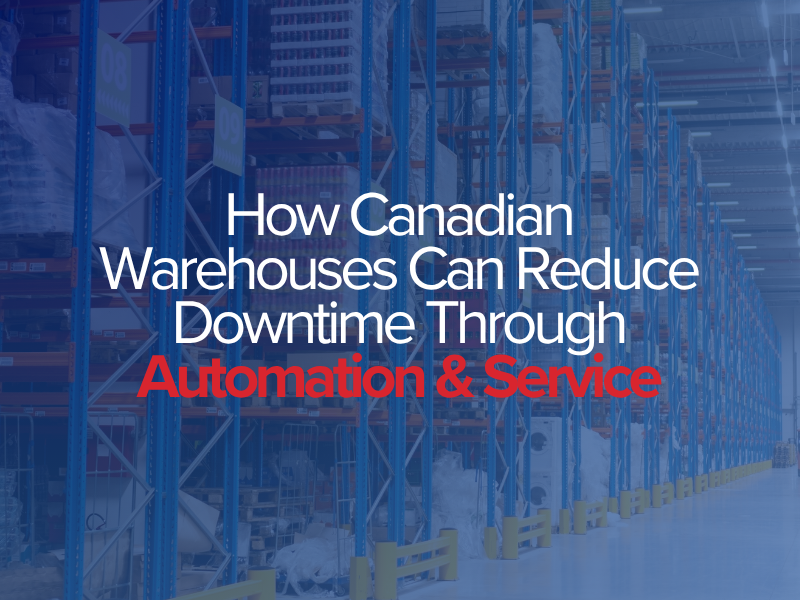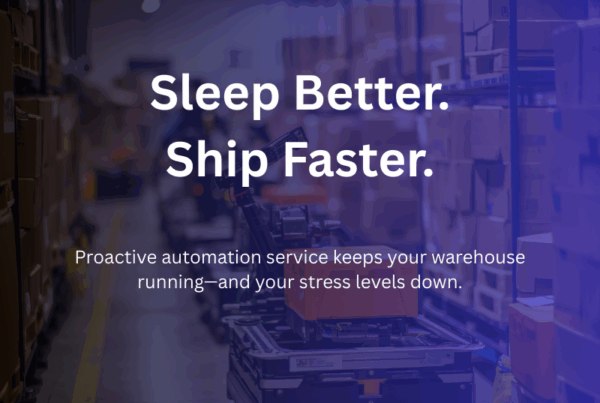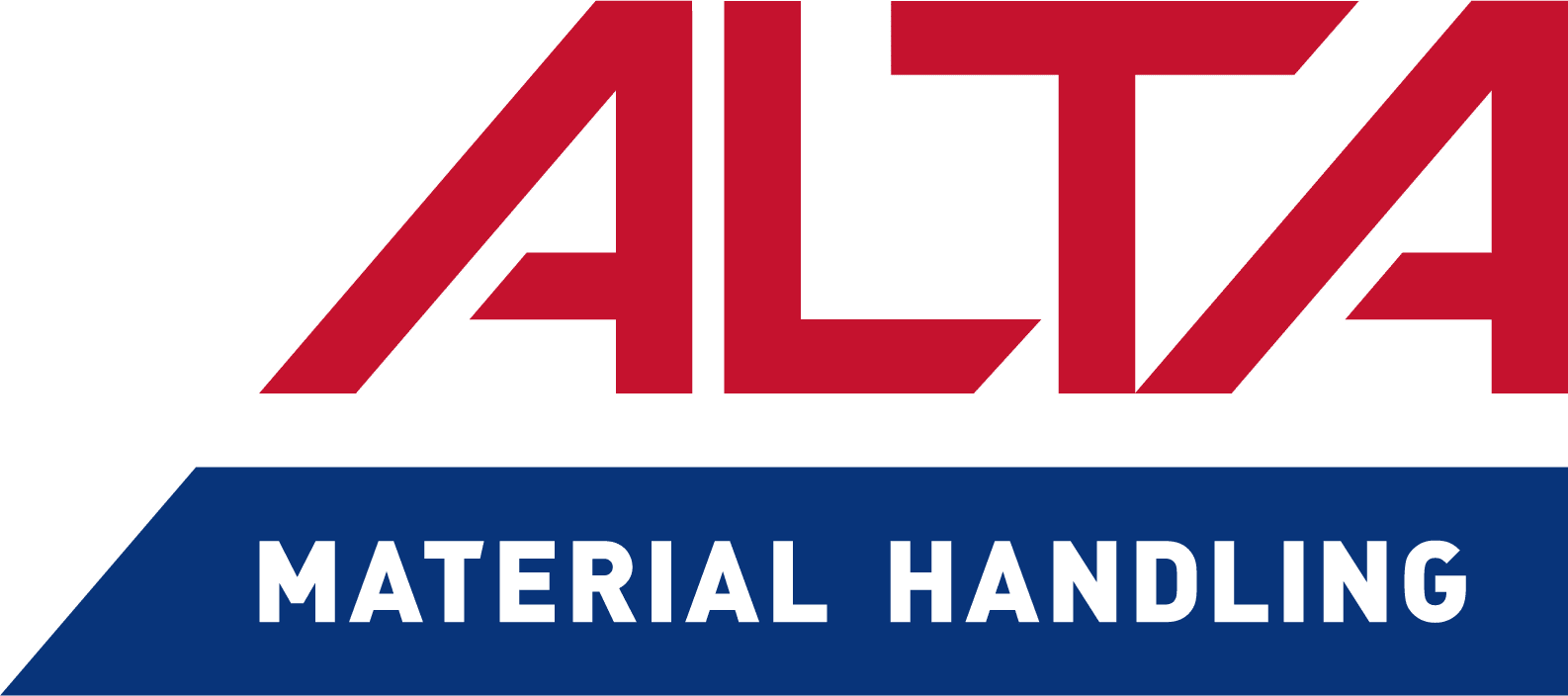Downtime is one of the most expensive challenges in warehouse and distribution operations. In Canada, where labor rates continue to climb, energy costs are on the rise, and real estate is at a premium, the impact is amplified. Every unplanned disruption can ripple across supply chains, delay shipments, and erode profitability.
Automation and proactive lifecycle service are the most effective ways to mitigate this risk. They don’t simply keep operations running; they create resilient systems that can withstand disruption and deliver reliable throughput day after day.
Why Downtime Hits Canadian Operations Harder
Canadian warehouses often serve wide geographic territories. A delay in a Toronto facility may impact customers across Ontario and Quebec. A slowdown in Calgary can ripple across Western Canada. And because transportation networks offer fewer alternatives than in the U.S., recovery options are limited.
Cold storage and regulated industries such as food and healthcare face even sharper risks. A refrigeration issue or late shipment isn’t just a financial setback—it can bring regulatory fines or damage hard-earned customer trust.
Meanwhile, limited labor availability makes rapid recovery difficult. Facilities cannot always add shifts or hire temporary staff to make up lost ground. In this environment, every hour of downtime carries a premium.
Automation as a Foundation for Resilience
Automation reduces reliance on fragile, manual systems and creates multiple points of resilience. Automated storage and retrieval systems (AS/RS), conveyors with bypass routing, and autonomous mobile robots (AMRs) all ensure that facilities can continue operating even if one area experiences disruption.
The goal isn’t to eliminate downtime entirely but to build operations that recover quickly and maintain performance under stress.
The Role of Lifecycle Service
Automation alone isn’t enough—its performance depends on how well it’s supported. Proactive lifecycle service ensures systems continue to deliver long after the initial installation. Preventive maintenance, remote monitoring, and service agreements all reduce the risk of unplanned failures.
In a high-cost environment, lifecycle service isn’t an add-on—it’s a strategic necessity that protects uptime and ensures ROI over the long term.
The Business Impact
One PeakLogix client adopted goods-to-person technology and saw picking rates climb by more than 300%, labor requirements cut in half, and annual savings of over $1 million. These are the kinds of outcomes that offset rising labor, energy, and space costs—while also positioning operations for growth.
Conclusion
Downtime doesn’t need to be an accepted cost of doing business. With the right blend of automation and service, Canadian warehouses can shift from reactive firefighting to predictable, high-performance operations.





